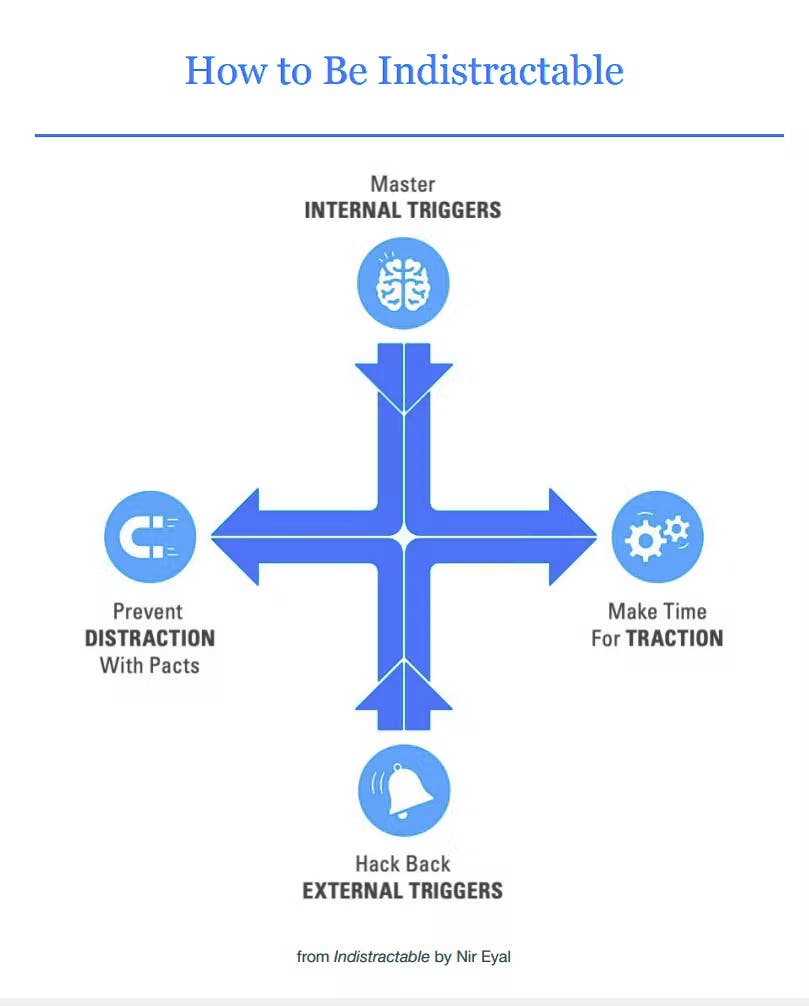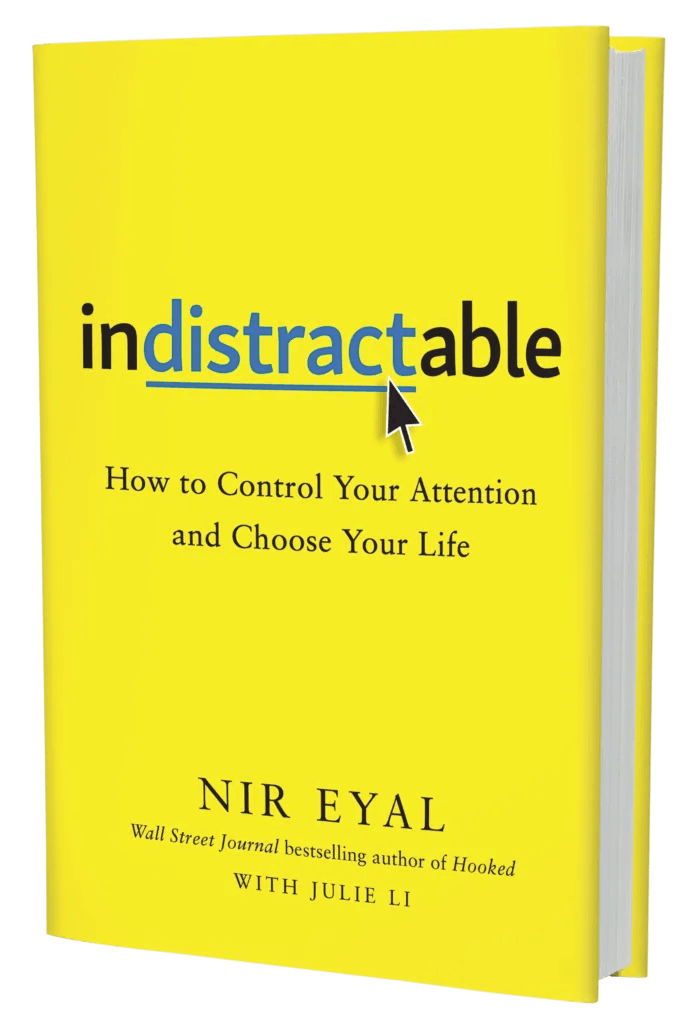
 Welcome
Welcome
An 8 minute interactive tutorial for a new set of tools and an invaluable skill, to evolve your productivity, time and attention, 2x and beyond—forever.
The evolution of the to-do list

Copy this doc

The productivity tool trap

The to-do list problem

To-do lists stop your growth
To-do lists are distractions
To-do lists create intrusive thoughts
How to be indistractable
Copy this doc

1) Master internal triggers
Start
Reset
Time left
Start
Reset
Time left
1
Start timer
Reset
0:00
There are no rows in this table
My Internal Trigger Diary
Prompt
Diary Entry
Explore You
Prompt
Diary Entry
Explore You
1
I feel triggered when...
Open
There are no rows in this table
2) Make time for traction
Step 1: Brain dump
1
Brain Dump Item
Mark as important
Brain Dump Item
Mark as important
Start typing here...
Shift-enter for a new line
Hit enter twice (x2) to start a new row if you’d like
Important
There are no rows in this table
Clear brain dump

April 26, 2024
Step 2: Tasks
Task
Life Domain
Update GCal Event
Add GCal Event
Delete GCal Event
Task
Life Domain
Update GCal Event
Add GCal Event
Delete GCal Event
No results from filter
Copy GCal Events to Todos (Runs Hourly)
GCal Events
Step 3: Timebox your day
My Time-box Diary
Created on
Prompt
Rating
Add Diary Entry
Created on
Prompt
Rating
Add Diary Entry
1
6/9/2022, 5:04 PM
Looking back to your schedulehow distracted were you today?
Add Diary Entry
There are no rows in this table
3) Hack back external triggers
4) Prevent distractions with pacts
My Pacts
Pact
Pact Type
Description
Pact
Pact Type
Description
1
Save to Coda Price Pact
💵 Price
If you give into not saving stuff for later with when browsing online, when you haven’t intended to, you’ll lose out on savings when you renew .
2
I am indistractable
🧘 Identity
I use the tools in this doc and app, and I share what I’ve learned and how I use these tools with my family, friends, and colleagues.
There are no rows in this table
🥳 That’s a wrap!
Copy this doc
Want to print your doc?
This is not the way.
This is not the way.

Try clicking the ⋯ next to your doc name or using a keyboard shortcut (
CtrlP
) instead.